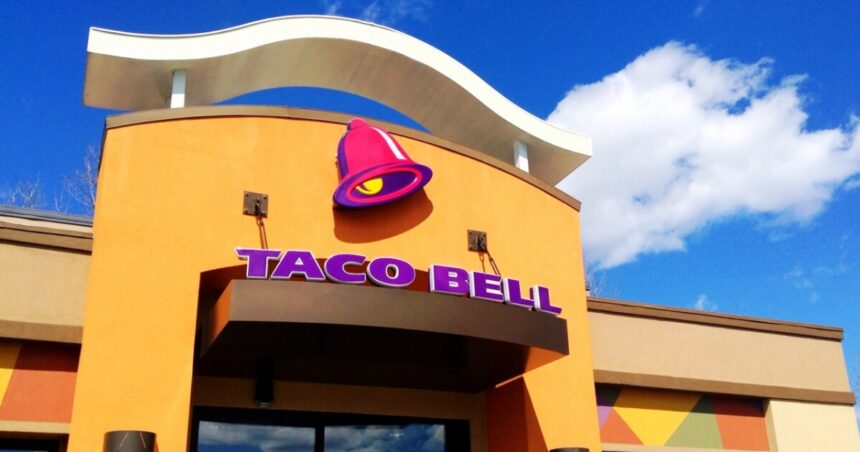The next time you request extra mild sauce at the Taco Bell drive-thru, you may not be greeted by a human responding to your request.
Yum! Brands, Inc. announced on Wednesday its plans to expand the use of voice AI technology at hundreds of Taco Bell locations in the U.S. by the end of the year, with a specific focus on the drive-thru sector. This means that if you want to have a real person-to-person conversation about your Crunchwrap Supreme, you may need to go inside at some of its 7,400 U.S. stores.
“By implementing AI, we are able to reduce the workload of our team members, allowing them to concentrate on providing excellent hospitality in the front-of-house,” said Dane Mathews, chief digital and technology officer at Taco Bell. “It also opens up new and meaningful ways to interact with our customers.”
Over 100 Taco Bell locations in 13 states already utilize voice AI technology in their drive-thrus, and they have experienced benefits such as improved order accuracy, reduced wait times, a consistently friendly experience, and increased profitability for Yum! Brands and its franchisees.
The chief innovation officer mentioned that they have been refining and testing the AI technology for two years, collaborating with franchisees before deciding to expand its use. Additionally, five Australian KFC restaurants, also owned by Yum! Brands, will be testing voice AI in their drive-thrus.
RELATED STORY | Restaurants implementing AI, self-ordering kiosks in 2024
Taco Bell now joins several competitors who have recently integrated AI technology into their ordering processes.
Last year, Hardee’s, Carl’s Jr., and Wendy’s all announced testing automated ordering systems, claiming it would enhance both customer and crew experiences. However, McDonald’s recently decided to end its AI ordering technology partnership with IBM after initially testing it in 2021.
According to a March report from the National Restaurant Association, 16% of restaurants are planning to integrate artificial intelligence into their operations this year. Additionally, 1 in 4 restaurants plan to implement self-ordering and payment kiosks, and nearly half of the restaurants surveyed intend to use technology and automation to address labor shortages.





